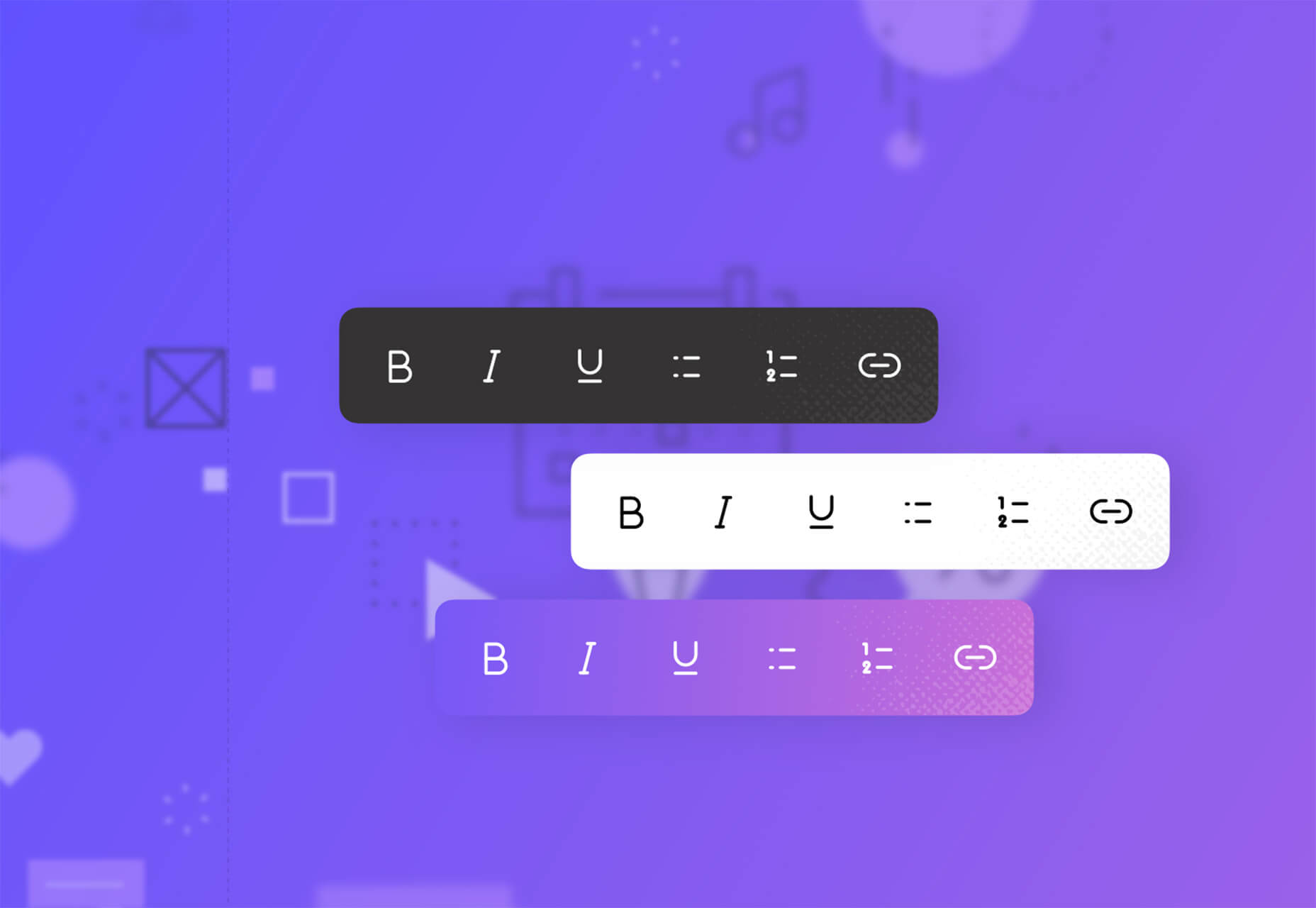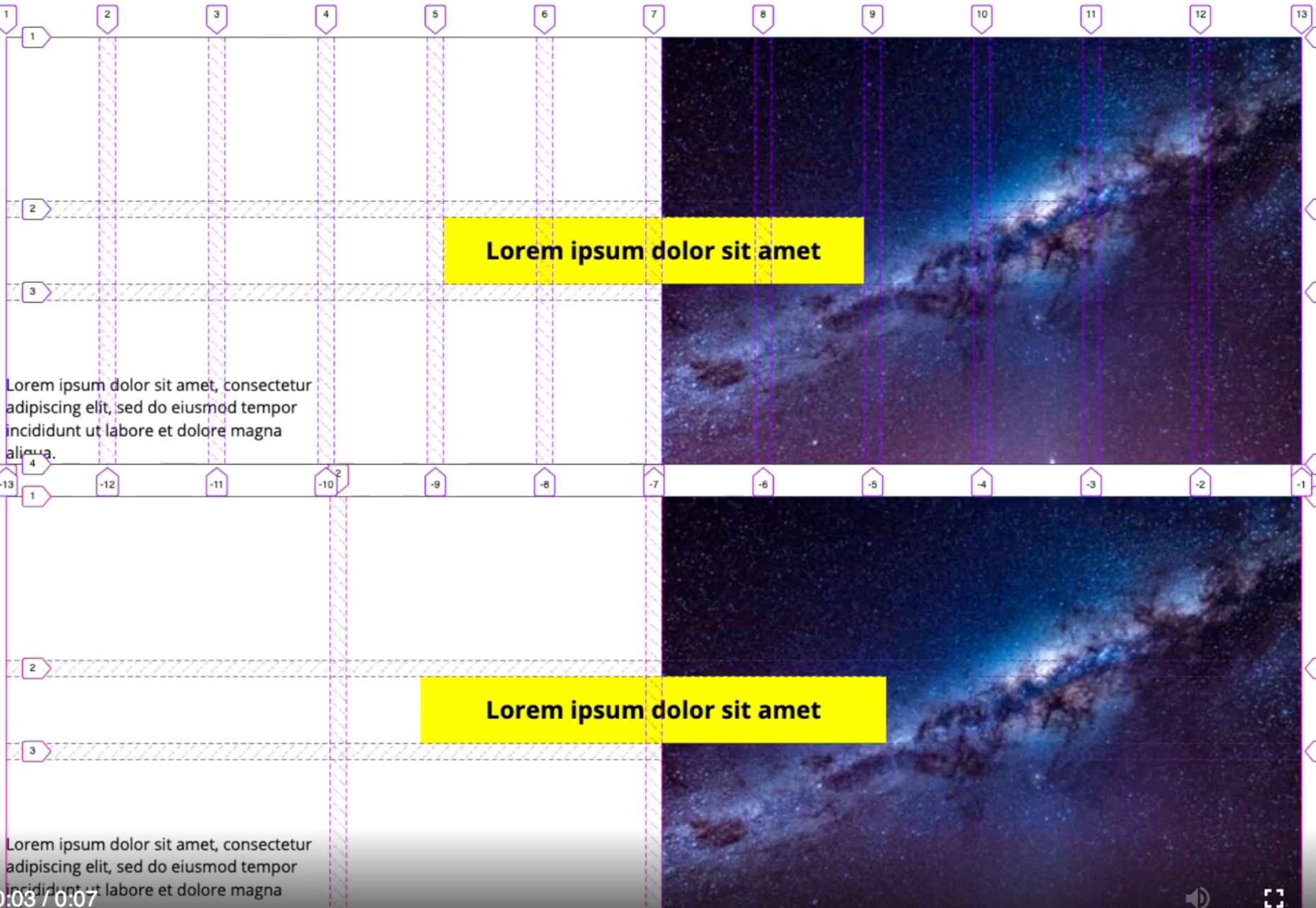
龍 [龙] lóng
radical 212
: “dragon” radical in Chinese characters
noun
: dragon; imperial; symbol of emperor; (Chinese surname)
Kun Reading
竜 (龍) | たつ tatsu
noun
: dragon (esp. a Chinese dragon)
: naga; semi-divine human-cobra chimera in Hindu and Buddhist mythology
: promoted rook (shogi)
On Reading
竜 | リュウ ryuu or リョウ ryou or ロウ rou

credit: UXDesign
1. Understand Audience
- Culture
- Industry/Context
- Demographics
- Tech savviness
2. Seamless Flow
- Negative Space
- Golden ratio/Rule of thirds
- Clear hierarchy: size, color, space
- Use grid
- Focal point
- Rhythm/pattern: F / Z-pattern layouts
- Use grid
3. Simplicity
- Prioritize content. Remove non-essential
- Organize in clear groupings
- Flows: logical + predictable
- Less is more
- Break huge tasks into smaller steps
- Optimize load time

虍 hū
radical 141
: stripes of a tiger
: “tiger” radical in Chinese characters
see Tiger
虎 hǔ
noun
: tiger
Kun Reading
虎 | とら tora
noun
: tiger (Panthera tigris)
: (Colloquialism) drunk person
虎冠 | とらかんむり torakanmuri
noun
: kanji “tiger” radical
On Reading
虍部 | コ ko
: Radical 141 meaning “tiger” is 1 of 29 Kangxi radicals






